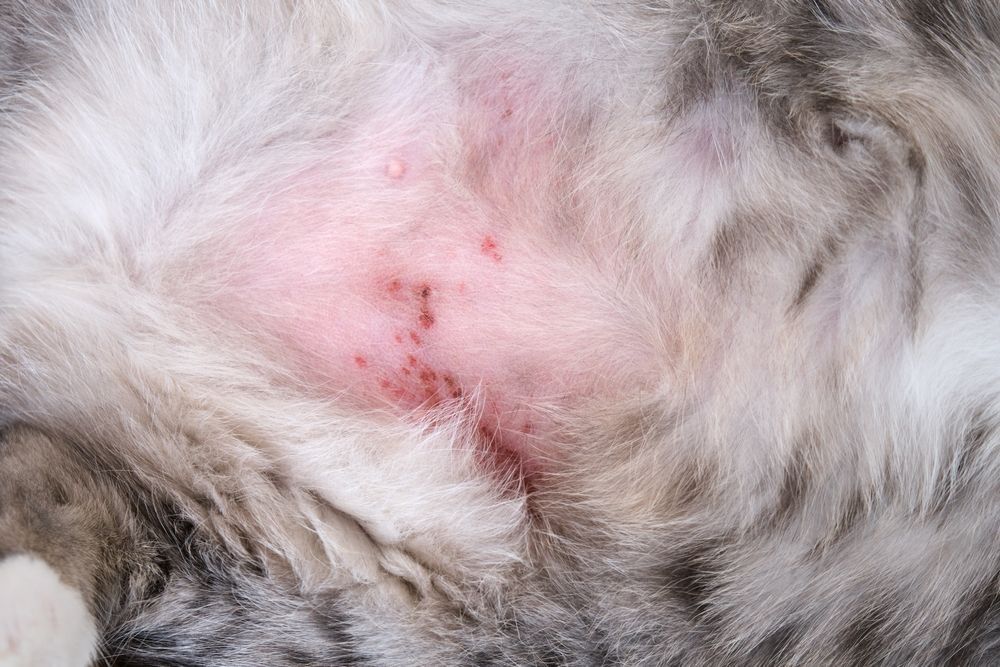Get in touch
Hours of Operation
Mon - Fri: 7AM - 6PM
Sat: 7AM-2PM
Sun: 9AM-5PM
Walk In Hours
Mon - Fri: 9AM - 12PM, 3PM - 6PM
Sat: 9AM - 2PM
Sun: 10AM - 5PM
8615 Normandy Blvd. Jacksonville, FL 32221 | Call (904) 786-5282 | Email FrontDesk@NormandyBlvdAnimalHospital.com
Mon - Fri: 7am-6pm, Sat: 7am-2pm, Sun: 9am-5pm. Walk Ins Accepted Mon - Fri: 9am-12pm, 3pm-6pm, Sat: 9am-2pm, Sun: 10am-5pm. Please note: we are not a 24 hour emergency facility
Breed-Specific Guidelines for Dog Ear Cropping
Dog ear cropping, a surgical procedure that alters the shape of a dog’s ears, has been a subject of much debate and controversy. While some argue it is done for health reasons, others see it as purely cosmetic. However, regardless of the stance, when considering dog ear cropping, it's essential to understand this surgery. At Normandy Animal Hospital, we believe in providing pet owners with accurate information to make informed decisions about their pets' health and well-being. This blog aims to shed light on breed-specific guidelines for dog ear cropping to help guide those considering this procedure.
Understanding Dog Ear Cropping
Dog ear cropping is a surgical procedure performed on dogs to shape their ears so that they stand erect. It involves anesthesia, post-operative care, and a recovery period during which the dog may experience discomfort. It's essential for pet owners to understand and prepare for the care requirements following surgery.
This procedure is usually carried out on puppies between 6 and 12 weeks old. This age range is considered optimal because the cartilage and muscles in the ears at this stage are still developing, which can lead to better outcomes in terms of the ears' ability to stand after the procedure.
It's important to note that dog ear cropping is typically breed-specific, meaning it's traditionally done on certain breeds for various reasons, including perceived health or hygiene benefits, compliance with breed standards set by kennel clubs, or historical purposes. In reality, whether to crop a dog's ears is a personal decision for the owner and should be made based on informed understanding and consideration of the dog's best interest.
Breed-Specific Guidelines
1. Doberman Pinschers
One of the most recognized breeds for ear cropping is the Doberman Pinscher. For Dobermans, the cropping lends itself to the breed's alert and formidable appearance, which aligns with their role as guardian dogs. The crop style for Doberman Pinschers is generally longer and tapered to accentuate the breed's head shape.
2. Great Danes
Great Danes often undergo ear cropping to achieve a look that is considered traditional for the breed. The desired result is an ear that stands erect and balances the Dane's large head and imposing stature.
3. Boxers
For Boxers, ear cropping is sometimes chosen to adhere to breed standards or for aesthetic reasons. The crop for a Boxer is typically shorter than that of a Doberman, aiming to create an alert expression.
4. American Pit Bull Terriers
While not all American Pit Bull Terrier owners choose to crop their dog's ears, some opt for the procedure to achieve a specific look or for reasons related to health and hygiene. The cropping style can vary but often results in a more erect ear posture.
Contact Our Team Today
If you are considering dog ear cropping for your pet, consulting with a veterinary professional who can provide detailed information and guidance is crucial. At Normandy Animal Hospital, our team is here to discuss dog ear cropping considerations, including breed-specific guidelines, care and recovery, and the ethical considerations of elective surgical procedures.
Choosing whether to proceed with dog ear cropping is a significant decision that should be made with the well-being of your dog in mind. We're committed to supporting pet owners through education and compassionate care to ensure the health and happiness of your furry family members.
For more information or to schedule a consultation, call our Jacksonville, FL hospital at (904) 786-5282.
Normandy Animal Hospital
Hours of Operation
Mon - Fri: 7AM - 6PM
Sat: 7AM-2PM
Sun: 9AM-5PM
Walk In Hours
Mon - Fri: 9AM - 12PM, 3PM - 6PM
Sat: 9AM - 2PM
Sun: 10AM - 5PM
Menu
Normandy Animal Hospital | All Rights Reserved | Privacy | Terms of Service | Web Accessibility | Website by Rad Veterinary Marketing












